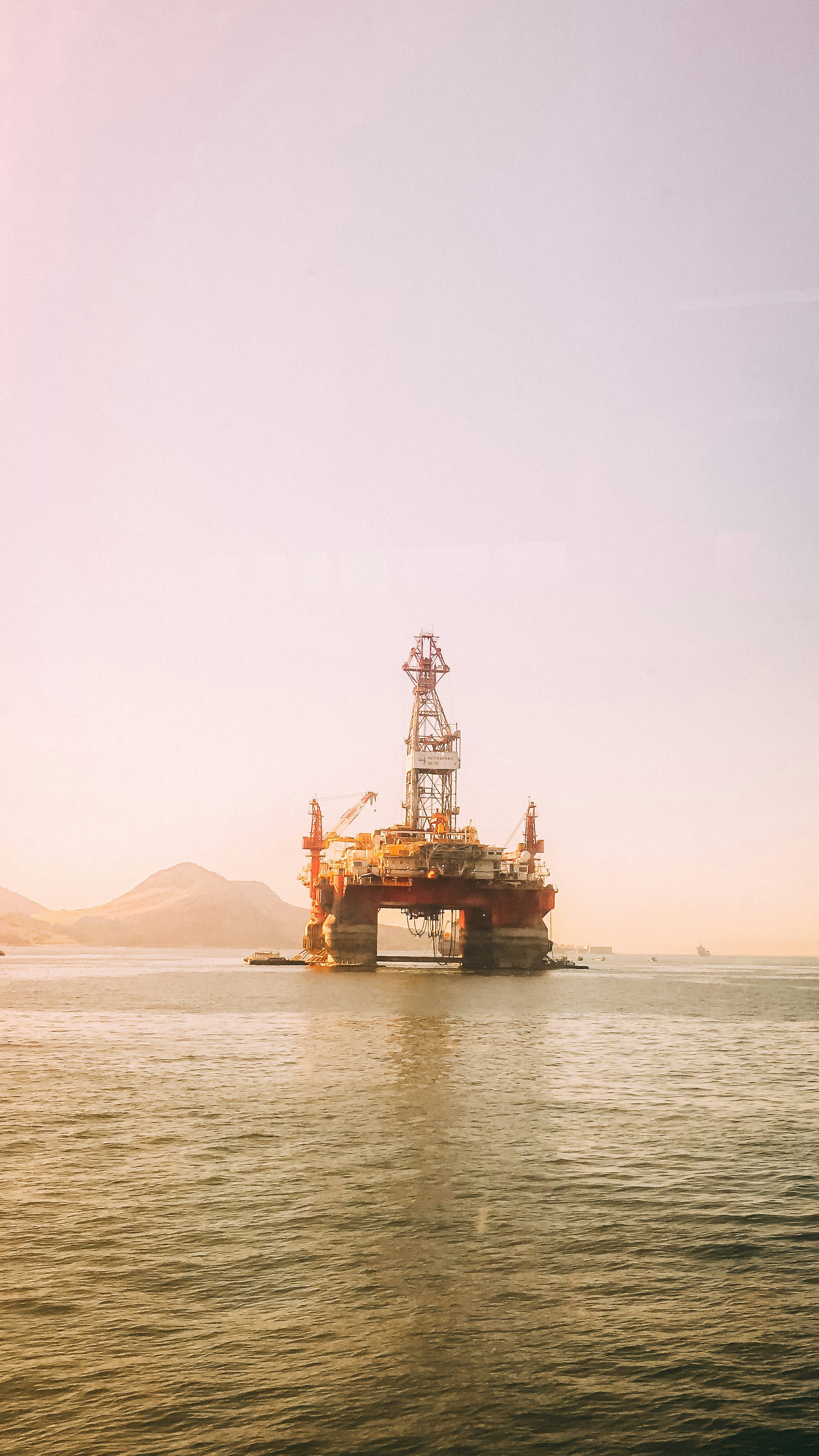Global oil prices held steady this week even as trade negotiations between the US and EU appeared to inch toward a 15% harmonized tariff deal—one that echoes the Trump-era Japan framework. Most observers took the lack of crude price volatility as a sign of market calm. But for platform operators in freight, ecommerce, and logistics-tech, that calm is where the real tension begins.
When energy markets don’t react to policy noise, it’s often because another system is absorbing the risk. And right now, that system is digital commerce infrastructure: freight APIs, cross-border shipping platforms, inventory orchestration layers. The oil chart might be flat, but the cost-to-serve math is not.
Let’s start with the signal itself: oil markets barely budged after trade tensions resurfaced. Brent crude stayed close to $85 a barrel, despite the specter of tariff realignments that could impact demand forecasts and global flows. That doesn’t mean the market thinks there’s no risk. It means hedging and regional arbitrage are already doing the work. And that’s where the model tension comes in.
Platforms that built pricing logic off predictable shipping costs—especially those using blended freight margins or marketplace-wide delivery discounts—are exposed. If trade policy introduces friction without the oil price reflecting it directly, platforms won’t catch it until it hits conversion, cart abandonment, or vendor churn. It’s latency in the system disguised as stability.
When trade talks start echoing the “Trump Japan tariff” blueprint, it’s not just a geopolitical story—it’s an execution constraint. A 15% baseline tariff on EU goods coming into the US, especially if extended to autos, doesn’t just change landed cost. It changes who holds the inventory risk, how warehouses position SKUs, and whether a platform's free shipping policy still makes sense at scale.
And oil isn’t disconnected from that. Every new customs hold or regulatory buffer layer increases the energy cost of fulfillment per item. Even if oil per barrel stays unchanged, the system now has more steps, more compliance checks, and more idle fuel burn. That cost rolls into every Shopify checkout, every Amazon repricing rule, every Alibaba vendor margin.
You can already see the rewiring in motion. Amazon has been increasing regional storage nodes in Europe—not for speed, but to limit cross-border exposure. TikTok Shop’s vendor onboarding flows in Indonesia look different than those in the UK or US—not because of platform preference, but because freight certainty is now product logic.
This is the new scaling frontier: not “more users,” but “more localized cost resilience.” For platform operators and SaaS founders serving logistics or commerce, the takeaway is clear. Your clients don’t just want speed—they want geopolitical shielding baked into pricing.
If your product assumes stable oil and tariff terms to keep its CAC/LTV math intact, you’re scaling with invisible debt. That debt becomes very real the moment one trade deal closes and shipping carriers reprice overnight.
Oil isn’t just an economic indicator. For platforms moving real-world goods—whether via dropshipping, just-in-time APIs, or B2B procurement—it’s a model denominator. When oil holds still in the face of trade uncertainty, it means costs are showing up in secondary places: more vendor term negotiations, slower fulfillment velocity, margin compression disguised as user incentives.
If you’re building a logistics platform, now is the time to run cost stress tests based on shipping reroutes, tariff pass-through behavior, and warehouse-to-door energy consumption. If you’re running a consumer-facing commerce engine, now is the time to map which of your freemium perks or loyalty hooks silently depend on suppressed oil volatility.
This isn’t a crisis. It’s a reveal. Most pricing models in logistics and commerce platforms were built assuming semi-linear oil behavior and tariff inertia. That assumption is breaking.
Oil might be steady. But that’s not the message. The real message is that capital markets and fulfillment platforms are absorbing volatility upstream—leaving product builders exposed downstream.
Don’t wait for oil to spike to revisit your pricing logic. If your product touches shipping, freight, or inventory, assume the trade stack will get messier—even if the barrel price stays flat. And if your unit economics only work when energy and customs align, you’re not pricing for growth. You’re pricing for luck.







.jpg&w=3840&q=75)

.jpg&w=3840&q=75)





